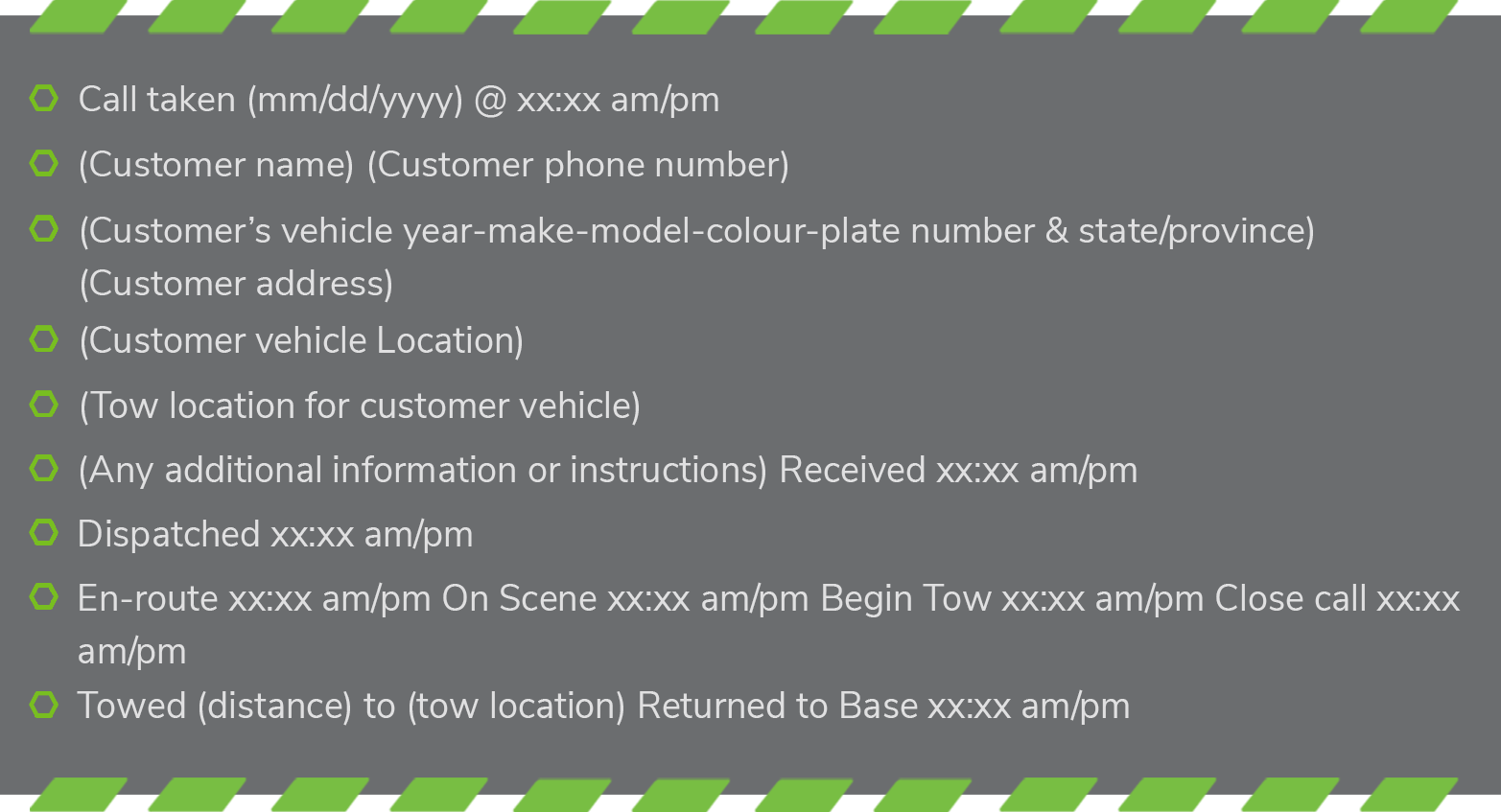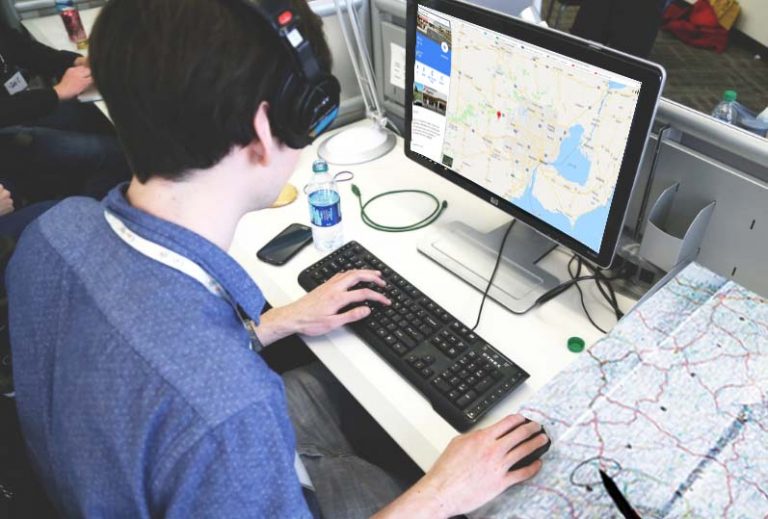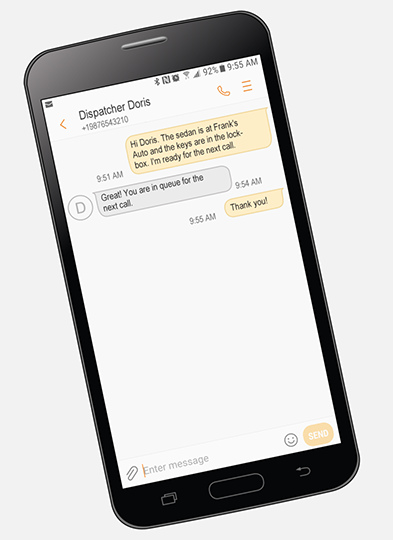While many companies have switched to digital platforms for their dispatching, good communication between dispatcher and operator is still very important. WreckMaster recommends meeting with your company’s dispatcher to discuss how to make the process seamless and fluid.
INTAKE & DISPATCH
After a call is collected by either a phone dispatcher or digital web or cell phone app, the call is then delivered to the operator by either a text / print, digital or voice system. The intake and operator delivery system used will vary depending on what works best for each tow company. The specifics of the delivery system should be explained by in-house facilitator during your facility orientation.
The typical dispatch will include:

WreckMaster recommends that a dispatch includes any additional information that would assist in determining the required personnel, equipment and techniques for each call.
THE ANATOMY OF A CALL
A standard call is not as simple as the dispatcher providing the location and type of model or the operator reporting back when the call is done. Time stamps on the different steps of calls must be included to both track progress and ensure operator efficiency on every call.
A typical tow call should be track similarly as below:

Upon receiving the dispatch, an operator should inform the dispatcher of their estimated time of arrival at the scene.
WHEN WILL MORE INFORMATION BE REQUIRED?
Additional information may be required for a dispatch call in several situations. The common reasons for additional information include tows for motor club calls (CAA, AAA, etc.), specific damage to a vehicle, type, value or location of customer’s vehicle, or if the vehicle is a reposition or to be impounded.
SERVICE DELIVERY
While a dispatch call for a service delivery should not differ drastically from the typical call, additional information must be provided by the dispatcher to ensure the operator can handle the call safely and efficiently.
The dispatcher is typically responsible for determining if the customer is in a safe location or if they can get themselves or their vehicle to a safe location and to double check that first responders such as police or fire services are not required on scene. For high volume companies or motor club calls, this may be the responsibility of the operator. Speak with your dispatcher to learn this process.
Additional information a dispatcher should provide to the operator for services calls include the type of fuel the vehicle requires (regular, premium, diesel, etc.), the type and size of wheels and tires (especially if they are aftermarket wheels) and any custom locking or security device that could impact the operator’s ability to access the vehicle.

POST CALL PROCEDURES
After a tow or service call has been completed, certain steps must be taken to finalize the call and prepare the truck for the next job. Every company will have unique post-call processes and paperwork to complete, however the most common information required will include the mileage for the job, the time spent on scene and any additional information such as expenses that may have been incurred during the job. Additional paperwork may be required depending on what jurisdiction you are working in, so being familiar with the local DOT or Ministry of Transportation regulations is important. Be sure to note where the vehicle was dropped and where keys for ignition are located.
One of the most important steps following a completed call is ensuring you are properly prepared for the next call. This includes re-stocking any equipment, tools or items that may have been used during the previous call. It is also important to double check your equipment and rigging to be sure it did not receive any damage and will be in good enough shape for the next call.

